2025 ACM Awards
We’re beyond thrilled to celebrate our incredible MAX artist partners who’ve secured nominations for the 2025 Academy of Country Music Awards—our...
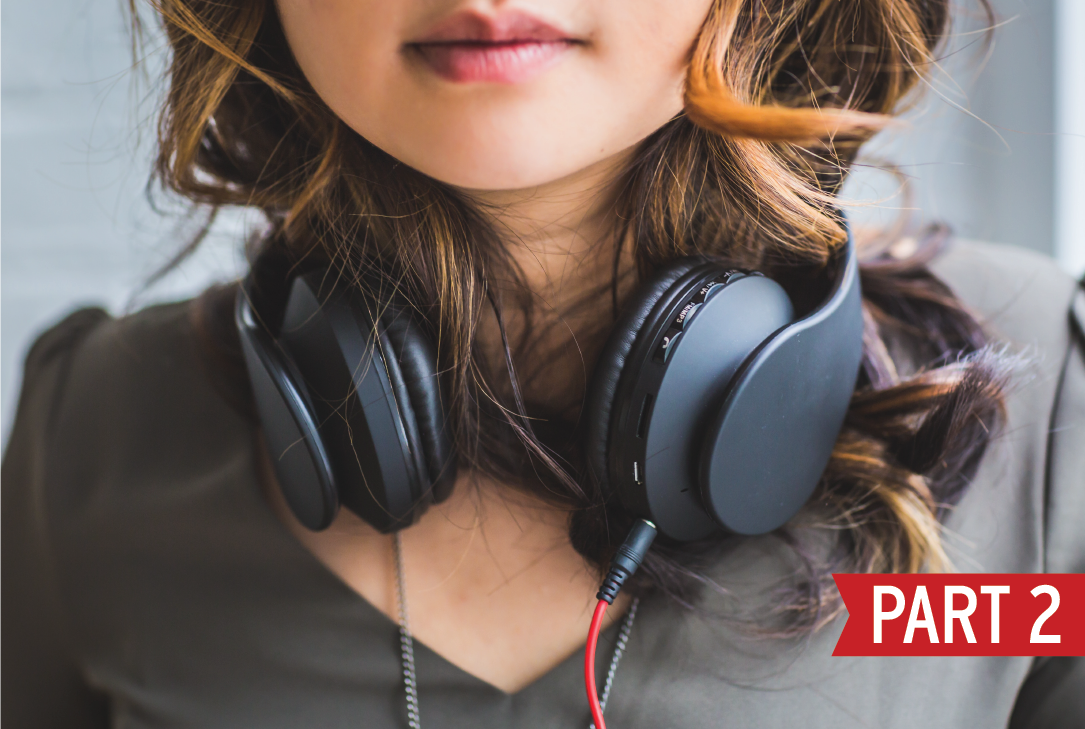
Last week we discussed the power that music has to connect brands with consumers. This week, we delve more into the insight that marketers can learn about individuals and their musical preferences, and how to use those insights to connect with their target audience.
Marketers today have access to massive amounts of consumer data. Demographic, psychographic, and sociographic data are not just accessible, but (thanks to technology) are easily searchable and discoverable. We can narrow down broad audiences in order to target individuals who are most likely to be interested in a specific product or brand but then what? All of this information is meaningless if you are unable to connect with your target audience on a meaningful level.
So, how do marketers ensure the intended audience hears their message? In 2017, Music Audience Exchange (MAX) conducted a personal identity study that found a shared taste in music was the number one signal of identity we use to determine if people are like us. The music we love reflects our backgrounds, our values, and, indeed, the very essence of who we are.
On the surface, we can make inferences about an individual based on the genre of music they listen to. In a recent study, researchers found that there are “robust and specific stereotypes” associated with different genres of music, and that, in general, these stereotypes are valid. This basic level of segmentation allows marketers to make assumptions about the type of music that might connect with their target audience. According to this study, if you are looking to find consumers who prefer beer over wine, your best bet is to skip the classical fans, and target the rockers. This may seem like an obvious conclusion to draw, and that’s because it is; a cold beer at an outdoor, summer rock festival sounds much more refreshing than a cabernet. But it is a surface level means of segmentation that does not apply universally to fans and doesn’t provide an accurate understanding of the audience, their preferences, or their personality traits.
Each genre of music can be broken down into myriad sub-genres (ask any electronic music fan to explain the difference between House and Techno, and you’ll see just how deep the rabbit hole of sub-genres goes). On top of all this, very few individuals listen to a single genre of music. When we start examining the overlap of genres in an individual’s musical preferences that we begin to form a richer understanding of their personality. In order to create meaningful connections with consumers, marketers need to take a deeper dive into the data available, and find ways to utilize the personal connections between individuals and music.
Have you ever heard the first few notes of a song only to be taken back to a personal memory? For many individuals, songs aren’t just songs; they are connective bonds tying them to specific moments in their past. The song that reminds you of your first love, the perfect mixtape for your road trip, the first dance at your wedding; these music memories connect us to the moments of our past that make us who we are today.
Marketers have an opportunity to harness the power of these emotions. If a potential customer associates a specific song with a heartfelt emotion, and then connects that emotion to a brand, there is huge potential to create lasting connections between consumer and brand.
One example of a successful marketing music relationship is Starbucks’ in-store music. For nearly 20 years, Starbucks has been carefully selecting the music they play in their stores to give their customers a unique experience and to tie specific songs to the Starbucks brand. Customers loved their coffeehouse sounds so much, that during the early 2000’s, they bought CDs of Starbucks’ in-store music by the millions. Starbucks tied music to their locations, then provided customers with a way to connect with the brand outside of the store.
In 2015, Starbucks stopped selling CDs in-store and turned to streaming services to share their music curation with their customers. They create playlists on Spotify like Starbucks Coffeehouse Pop that feature well-known artists like Maroon 5 and emerging artists like Knox Hamilton, who performed at our headquarters last month for “On The Record.” Through playlists, Starbucks is essentially creating a mixtape for their customers, establishing a personal connection through music.
In the 90’s, one of the most personal and sincere gifts you could give someone was a mixtape. A thoughtful collection of songs that was the ultimate symbol of love and friendship. The mixtape’s creator would spend hours, days, or even weeks figuring out exactly which songs to include, and what order to put them in. They would painstakingly write the name of each song and artist on the tiny, glossy j-card included with the cassette. The result was more than a collection of songs; it was a specially curated piece of the creator’s heart, a deeply personal expression of emotion felt for the recipient.
The art of the mixtape seemed to be lost with the advent of CDs, the “shuffle” option on CDs, sometimes with multiple disc players, then the non-linear, random accessibility of the MP3. New developments in technology have changed music delivery and discovery. Now we have algorithms that create playlists based on our musical preferences - essentially a computer-generated mixtape. These algorithms still give us personalization, but the emotion has disappeared from the curation equation. Playlists take less time to create than a mixtape, but can still be profoundly personal.
Marketers today can use the art of the playlist to connect with their customers, and also to provide paths to music discovery for consumers. Imagine the powerful connection forged, if a brand is responsible for introducing an individual to their new favorite artist? Once again, Starbucks provides an example of how a brand has done this successfully; while their in-store music often featured well-known artists, they also featured up-and-coming musicians, and helped audiences discover new favorites and launching some musicians to stardom. The emotional connection that consumers feel with these artists ties back to the brand that first introduced them to John Legend or Fleet Foxes.
Brands can use insights on individual music preferences to better connect with their broader target audience. Music gives marketers the ability to reach consumers on a personal level while also creating a connection within a larger consumer group. Music can connect people from different cultural backgrounds, helping individuals to form strong bonds with each other. In our next article in this series, we will explore the power that music has to connect us, and how brands can harness this power to nurture meaningful relationships with consumers.

Music Audience Exchange (MAX) was founded in 2014 with a mission to help champion incredible music and the artists who make it through strategic, data-driven partnerships with brands. MAX brings brands into the music promotional space in a way that puts engaging content into the world through a value-exchange model that drives the brand's objectives, and elevates breakthrough bands along the way.If you’d like to learn more about Music Audience Exchange and what a music promotion program would look like for your brand, send us a note.
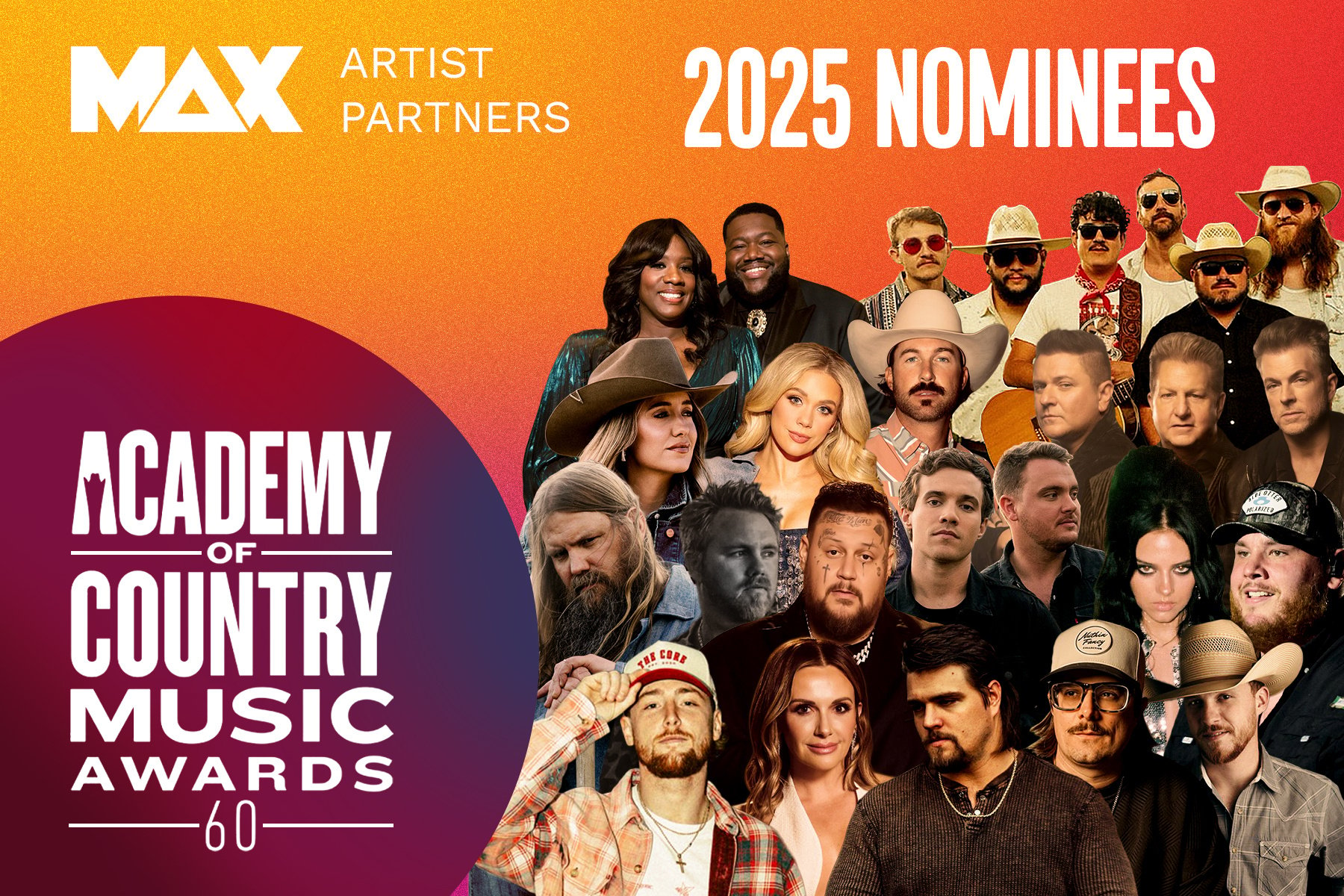
We’re beyond thrilled to celebrate our incredible MAX artist partners who’ve secured nominations for the 2025 Academy of Country Music Awards—our...
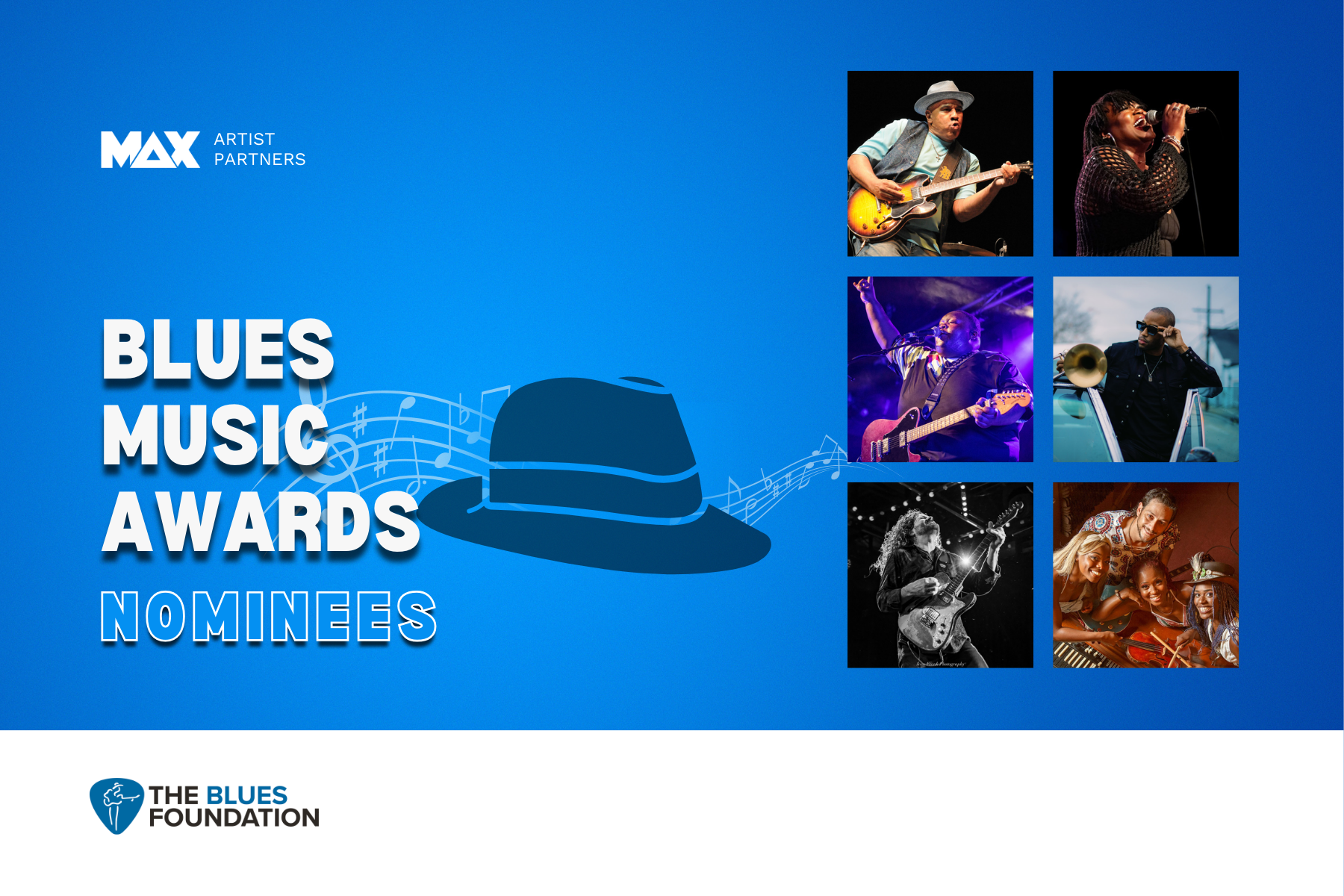
We’re fired up to celebrate our incredible artist partners who are nominated for the 2025 Blues Music Awards! 🎶🏆Blues music may be timeless, but...
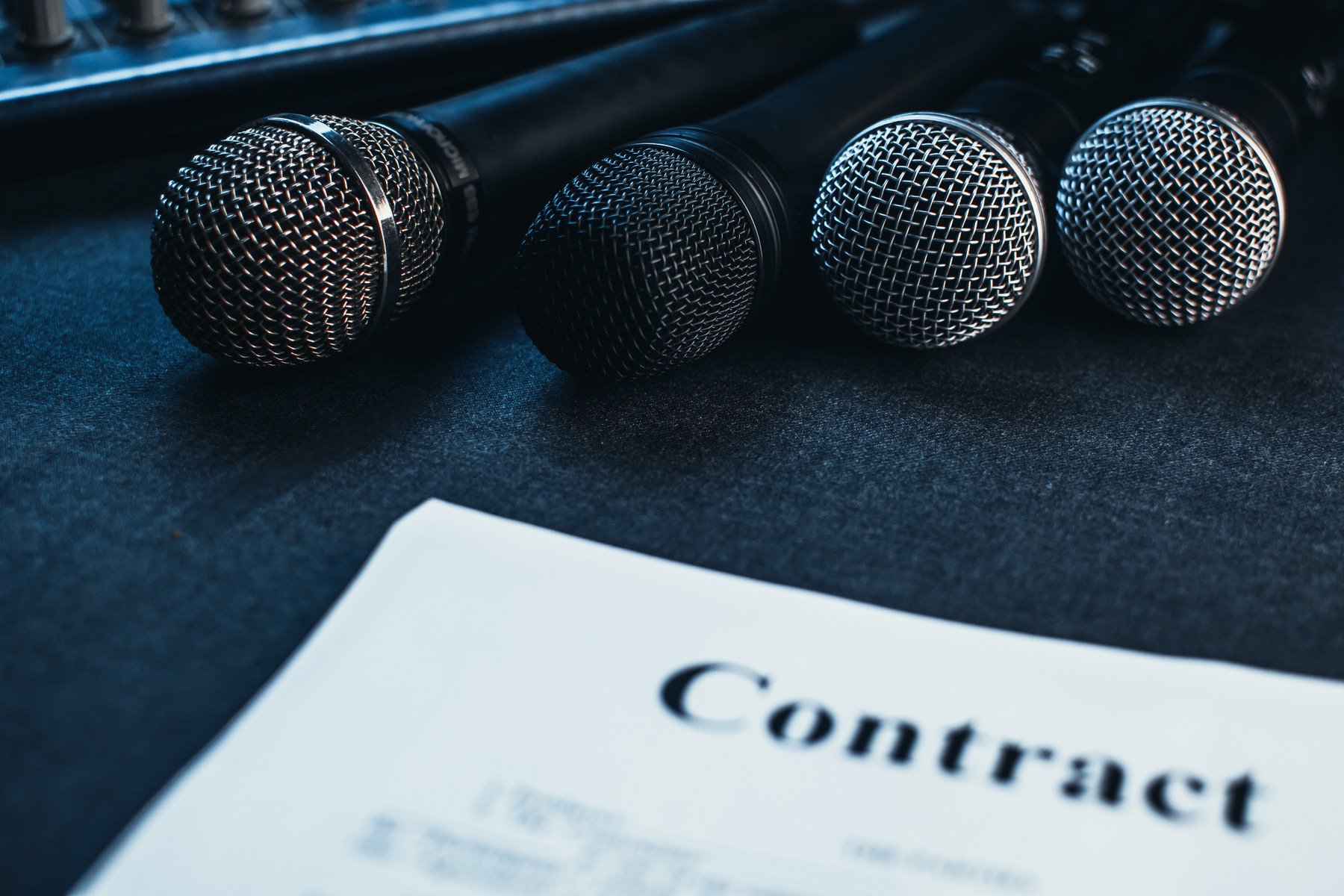
It’s a common question: what drives the cost of an artist partnership up (or down)? I mean, an artist’s fee can range from four to seven figures…and...
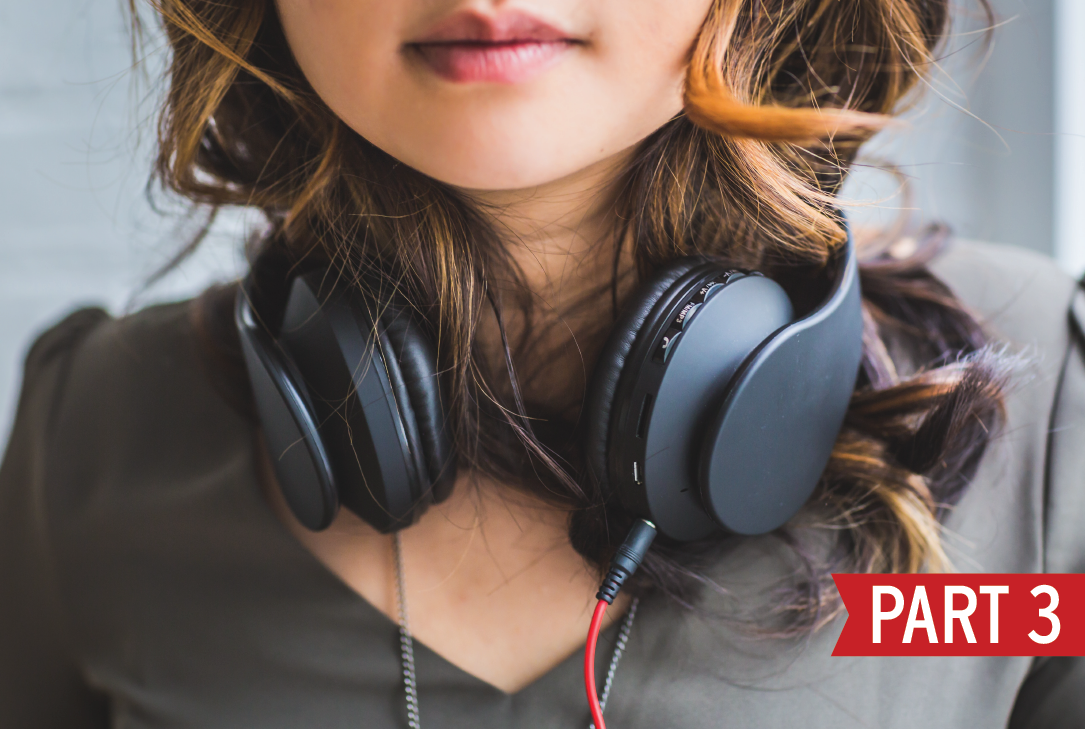
Last week we discussed how music helps us define ourselves as individuals. This week, we examine the power that music has to connect.
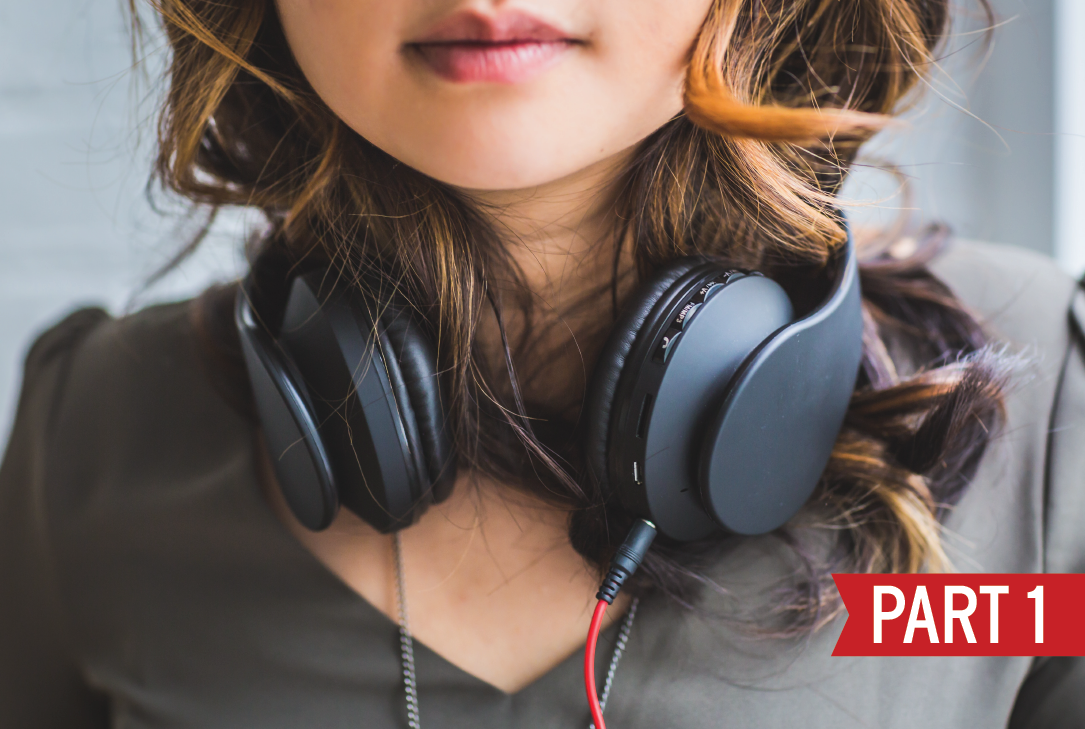
What if I could tell you the type of car someone is inclined to drive, if they drink soda or beer, if they enjoy being outdoors, or even what city...
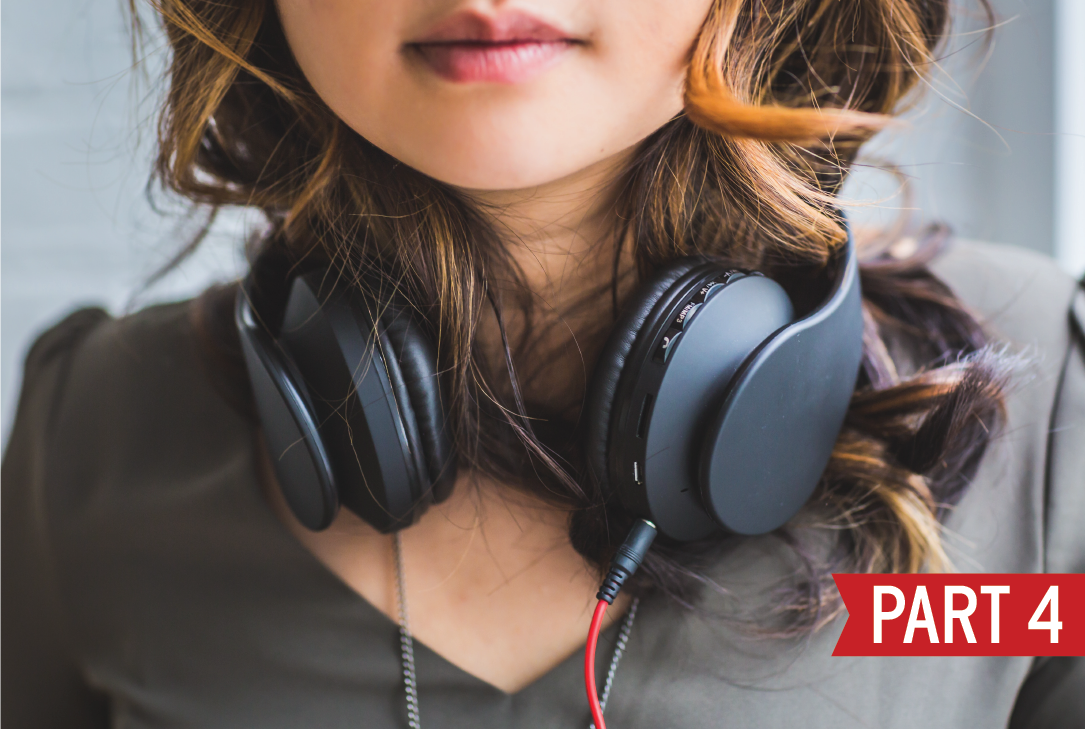
So far in this series, we have focused on the way music can define us as individuals, as well as the power music has to connect us across cultures. ...